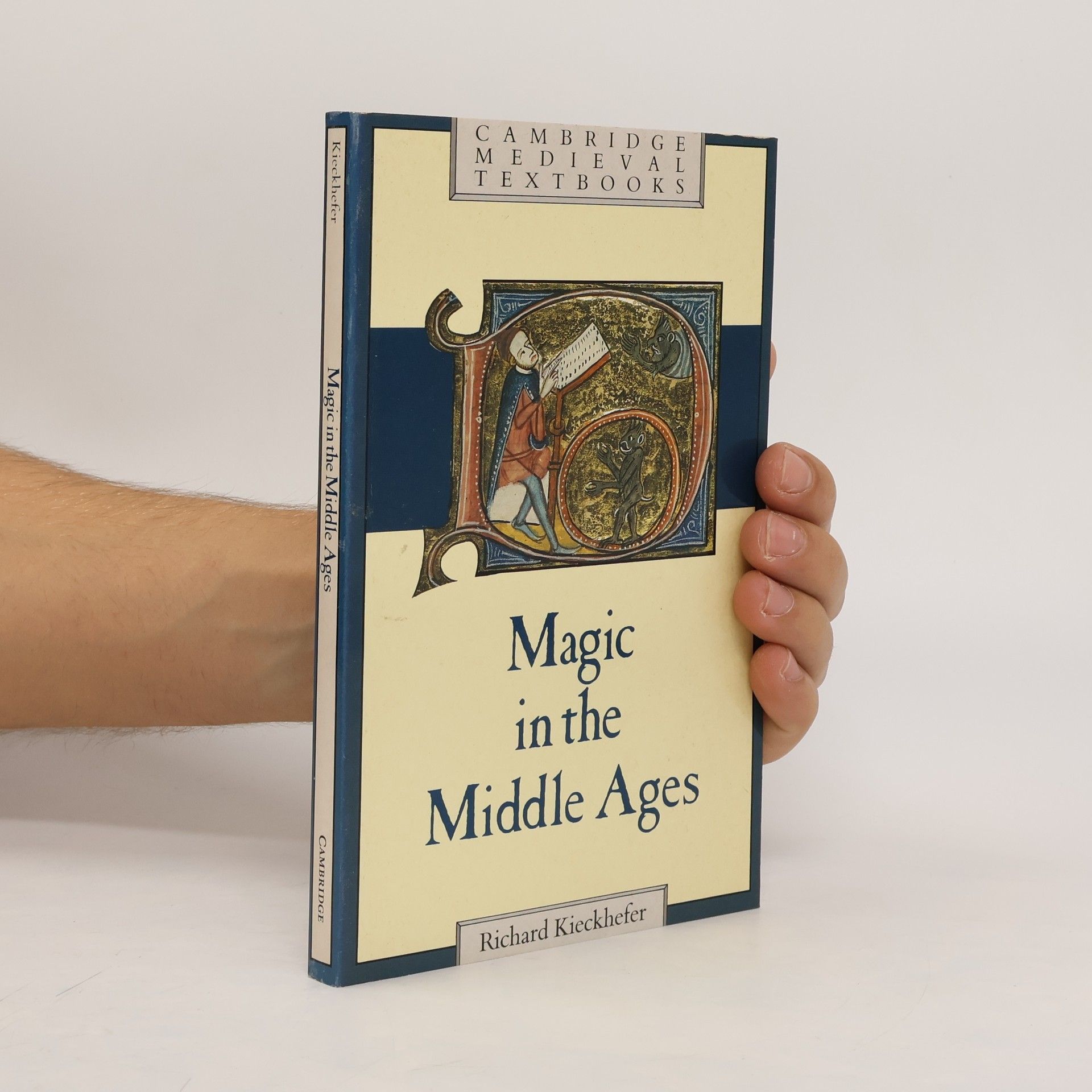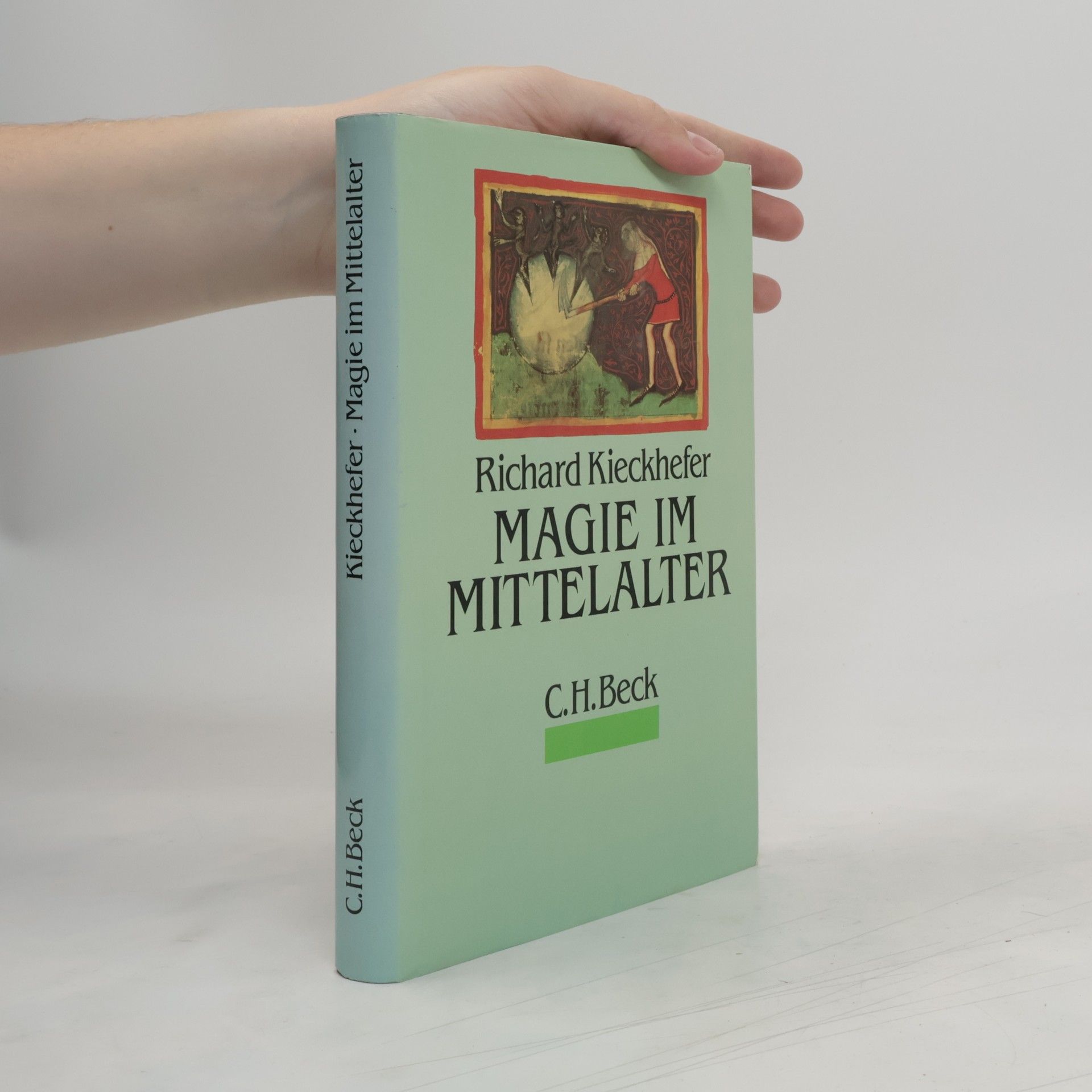Magie im Mittelalter
- 263 Seiten
- 10 Lesestunden
Dieser Autor erforscht hauptsächlich das späte Mittelalter mit einem besonderen Interesse an Kirchenarchitektur sowie der Geschichte von Hexerei und Magie. Seine Arbeit untersucht, wie Gemeinschaften ein Gefühl geteilter Kultur trotz Unterschieden und Streitigkeiten schaffen und aufrechterhalten. Er beschäftigt sich mit der Verbindung von gewöhnlicher und außergewöhnlicher Frömmigkeit und den Spannungen zwischen gemeinsamer religiöser Kultur und außergewöhnlichen religiösen Erfahrungen. Außerdem analysiert er die Zusammenarbeit und Konflikte bei der Entstehung von Monumentalbauten, die gemeinschaftliche Interessen symbolisieren.




This textbook deals with magic, both natural and demonic, within the broad context of medieval culture. Covering the years c. 500 to 1500, with a chapter on antiquity, it invesigates the way magic relates to the many other cultural forms of the time, such as religion and science, literature and art. The book begins with a full discussion of the social history of magic and of the ways in which magical beliefs borrowed from a diversity of cultures. Thereafter, within a wider study of the growth and development of the phenomenon, the author shows how magic served as a point of contact between the popular and elite classes, how the reality of beliefs is reflected in the fiction witchcraft led to changes in the law. The chapter on medieval literature, and how the permagicalsecution of magic and er on necromancy is the most original, based largely on unpublished manuscripts and arguing for a new interpretation of the material. Adopting an interdisciplinary approach Professor Kieckhefer has taken magic from its cultural isolation and placed it firmly at the crossroads of medieval culture, as a focal point for our understanding of many other aspects of medieval history.
This title is part of UC Press's Voices Revived program, which commemorates University of California Press’s mission to seek out and cultivate the brightest minds and give them voice, reach, and impact. Drawing on a backlist dating to 1893, Voices Revived makes high-quality, peer-reviewed scholarship accessible once again using print-on-demand technology. This title was originally published in 1976.